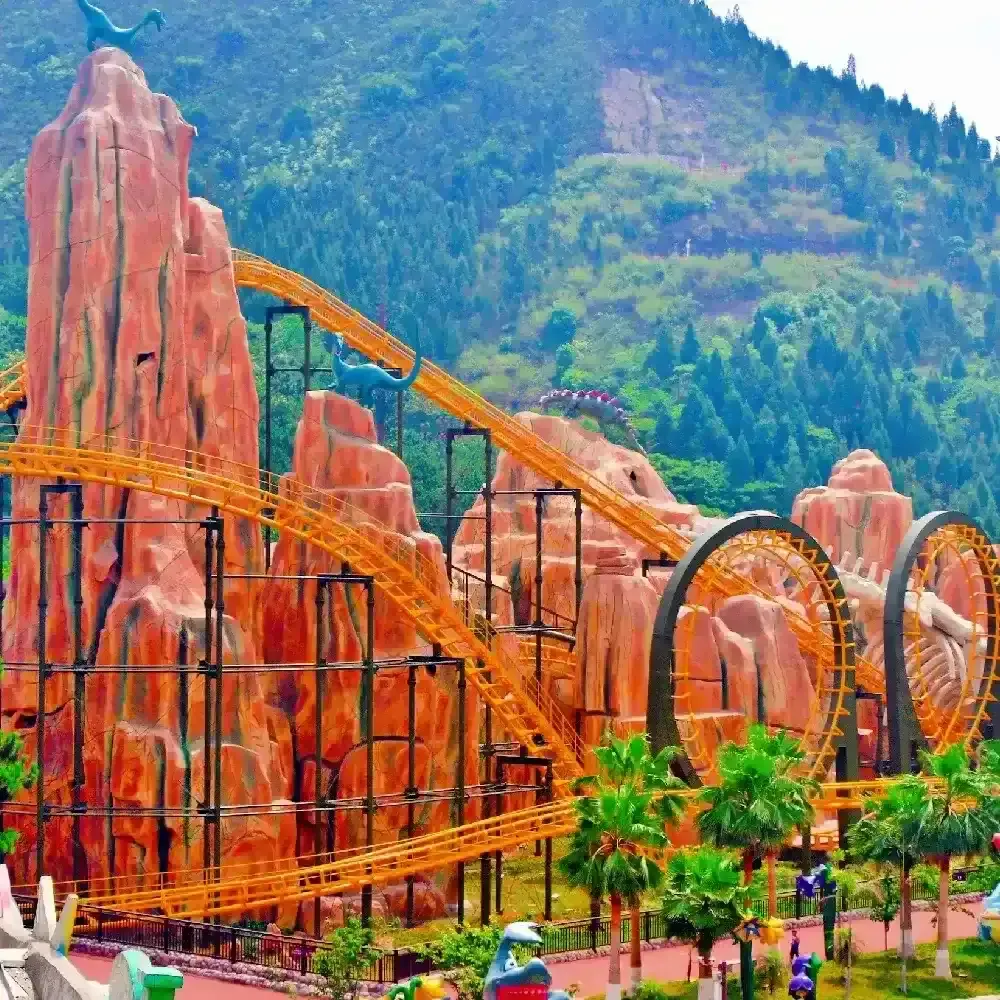- Albanian
- Arabic
- Belarusian
- Bengali
- Czech
- English
- French
- German
- Hebrew
- Hungarian
- Indonesian
- irish
- Italian
- Japanese
- kazakh
- Persian
- Russian
- Thai
- Uzbek
- Vietnamese
roller coaster design drawing
The Art and Science of Roller Coaster Design
Roller coasters have long been a staple of amusement parks, captivating thrill-seekers with their loops, drops, and high-speed turns. Behind the exhilarating experience of riding a roller coaster lies a complex interplay of art and science known as roller coaster design. This article explores the foundational aspects of roller coaster design, including the principles of physics involved, the creative elements that influence rider experience, and the modern technological advancements that enhance safety and performance.
Understanding the Physics
At the core of roller coaster design is a thorough understanding of physics, particularly the principles of gravity, inertia, speed, and centripetal force. The design process begins with the concept of potential energy, which is highest at the top of a coaster's initial hill. As the coaster descends, potential energy is converted into kinetic energy, resulting in the thrilling speeds riders experience. Designers must carefully calculate these energy transformations to ensure that the coaster is both exhilarating and safe.
In addition to energy management, designers must consider the forces acting on riders during the ride. G-forces, which are experienced as a result of acceleration, can create feelings of weightlessness or increased weight, depending on the track layout. Designers aim to create a balanced experience; too much force can lead to discomfort, while too little can make the ride feel lackluster.
The Creative Aspects
While physics lays the groundwork for roller coaster design, creativity plays a vital role in crafting a memorable experience. The visual aesthetics of a roller coaster can significantly enhance the thrill of the ride. Designers often incorporate thematic elements that transport riders into a narrative or an immersive environment. For example, a coaster themed after a haunted house may feature eerie decorations, sound effects, and timing that coincide with forces felt during the ride.
Moreover, the layout of the coaster is crucial. Designers use tools like computer-aided design (CAD) software to create intricate track paths that can include sharp turns, vertical loops, corkscrews, and drops. Each element is carefully placed to ensure that the ride flows seamlessly, building anticipation and maximizing thrills.
roller coaster design drawing

Safety Considerations
Safety is paramount in roller coaster design. Designers must adhere to strict industry guidelines and regulations established by organizations such as the American Society for Testing and Materials (ASTM) and the International Association of Amusement Parks and Attractions (IAAPA). Each coaster undergoes rigorous testing to ensure it can withstand the stresses of operation and provide a safe experience for riders.
Modern roller coasters employ various safety mechanisms, including fail-safe systems and advanced restraint technologies. Restraint systems are designed to secure riders comfortably while preventing them from leaving their seats during extreme maneuvers. Additionally, designers must consider emergency evacuation procedures, ensuring that riders can be safely removed from the ride in case of an emergency.
Technological Advancements
The roller coaster industry has seen significant technological advancements in recent years. Innovations such as magnetic launch systems and virtual reality (VR) enhancements have transformed the roller coaster experience. Magnetic launch systems eliminate the need for lift hills, allowing for faster starts and greater design flexibility. Riders can experience the thrill of being launched from zero to high speeds almost instantly.
VR technology, on the other hand, adds an immersive layer to the ride. By placing riders in VR headsets, they can experience a completely different environment that enhances the thrill and excitement of traditional coaster elements. This synergy between technology and design reflects a growing trend in the amusement park industry to create uniquely captivating experiences.
Conclusion
In conclusion, roller coaster design is a fascinating blend of art and science that combines the principles of physics with creative storytelling and cutting-edge technology. Designers face the challenge of creating thrilling experiences while ensuring the utmost safety for riders. As roller coaster technology continues to evolve, so too will the experiences that captivate and exhilarate us. Whether it's the rush of adrenaline on a towering drop, the dizzying spins of a loop, or the immersive journey through a themed environment, roller coasters will remain an iconic symbol of excitement and entertainment for generations to come.
-
Flume Ride-Hebei Zhipao Amusement Equipment Manufacturing Co., Ltd.|Thrilling Water Attraction&Customizable DesignJul.30,2025
-
Flume Ride - Hebei Zhipao Amusement Equipment | Water Coaster, Thrilling DescentJul.30,2025
-
Flume Ride - Hebei Zhipao | Thrilling Water AttractionJul.30,2025
-
Flume Ride: Thrilling Water Attraction by Hebei Zhipao|Log Flume Manufacturers&Flume Ride DesignJul.30,2025
-
Flume Ride-Hebei Zhipao Amusement Equipment Manufacturing Co., Ltd.|Thrilling Water Coaster, Safe DesignJul.30,2025
-
Flume Ride-Hebei Zhipao Amusement Equipment Manufacturing Co., Ltd.|Thrilling Water Attraction, Safe DesignJul.30,2025
